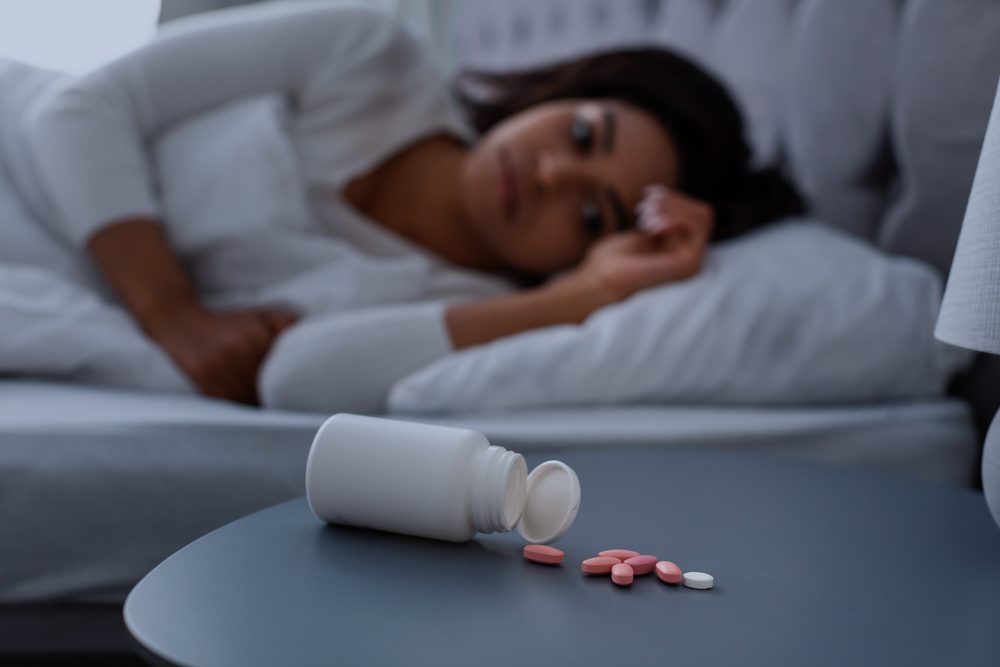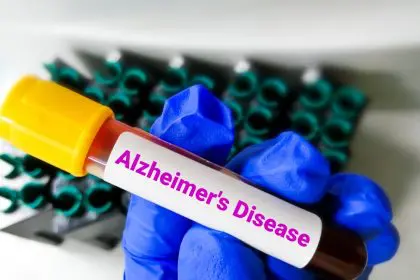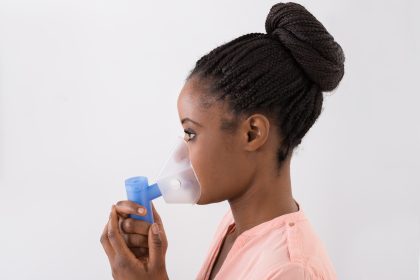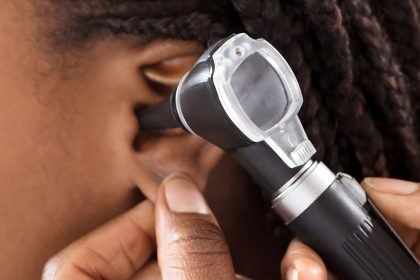We all have them—those little orange bottles with childproof caps, the blister packs of cold medicine, the pain relievers we keep on hand “just in case.” But what many don’t realize is how easily these everyday helpers can become silent threats in our homes. Accidental overdoses don’t just happen to “other people” or those with substance abuse issues—they happen in normal households to careful people who never saw it coming.
Think about where your medications are right now. Are they scattered across different bathrooms? Do you have old prescriptions mixed with new ones? Can you remember the last time you took that pain reliever? These seemingly innocent questions point to how easily accidents can happen, even when we believe we’re being cautious.
The perfect storm: How normal routines lead to accidents
Most accidental overdoses aren’t the result of one big mistake but rather a series of small, everyday decisions that create the perfect conditions for disaster. It’s the tired parent who takes a nighttime cold medicine and forgets they already took one an hour ago. It’s the spouse who doesn’t tell their partner they’ve already given their child medicine, leading to a double dose. It’s the senior who loses track of their medication schedule in a moment of confusion.
These scenarios happen in homes where people are educated, careful, and would never imagine themselves as candidates for an overdose situation. Yet emergency rooms across the country regularly treat these exact cases—where normal life circumstances aligned in just the wrong way.
The medication overlap you never considered
One of the sneakiest paths to accidental overdose happens through what medical professionals call “therapeutic duplications”—taking multiple medications that contain the same active ingredient without realizing it.
Think about it: You take a prescribed pain reliever, then grab an over-the-counter cold medicine without realizing both contain acetaminophen. Suddenly, you’ve unknowingly doubled your dose of a drug that can cause liver damage when taken in excess.
This happens with surprising frequency, especially during cold and flu season when people combine multiple symptom-relieving products. That nighttime cold medicine plus your regular pain reliever plus that cough suppressant might actually be triple-dosing you on one particular ingredient.
When helping becomes hurting: Sharing medication dangers
“I have some extras if you need them” might be one of the most dangerous phrases exchanged between well-meaning friends and family members. Medication sharing, even when done with the best intentions, creates serious risks for accidental overdose.
Your prescription was calibrated specifically for your body weight, medical history, and condition. What works safely for you could be dangerous for someone else, even if they have seemingly identical symptoms. That “extra” blood pressure pill or pain medication that helped you might interact badly with another person’s existing medications or conditions.
Even more troubling is how often this happens with leftover prescription pain medications. What seems like a generous offer to help someone in pain can potentially put them at risk for serious consequences, including accidental overdose.
The invisible risk group: Seniors and medication management
While much attention focuses on keeping medications away from young children, another high-risk group for accidental overdose often goes overlooked—older adults. As we age, several factors create the perfect storm for medication accidents.
Many seniors take multiple prescriptions, increasing the chances of confusion and duplication. Age-related memory changes can make it difficult to remember whether a medication was already taken. Vision changes might make similar-looking pills harder to distinguish. And changes in how our bodies process medications mean that even a slight overdose can have more serious consequences.
What looks like a well-organized pill organizer might actually hide confusion about which medications were taken when. And for seniors living alone, there’s often no one to notice when a medication error occurs until symptoms become severe.
Technology fails: When convenience creates new risks
In our efforts to make medication management easier, we’ve sometimes inadvertently created new pathways to accidental overdose. Auto-refill programs mean medications continue arriving even when treatment plans change. Online pharmacies might not flag dangerous interactions the way your local pharmacist would when seeing all your prescriptions.
Even pill organizers, while helpful for many, can become sources of confusion if not meticulously maintained or if pills are transferred incorrectly. And medication reminder apps are only as good as the information we input—they can’t tell if we’ve actually taken a dose or just silenced the alarm.
These technological solutions work wonderfully for many people, but they can create a false sense of security that everything is being properly managed when subtle mistakes might be occurring.
The invisible ingredients: Hidden alcohol and medication interactions
Many medications contain alcohol as an inactive ingredient, creating a hidden risk factor few consider. Liquid medications, in particular, often contain significant amounts of alcohol that can interact with other medications or compound intoxication effects.
Having a glass of wine while taking liquid cold medicine might seem harmless, but the combined alcohol content could reach concerning levels. This becomes especially problematic with certain categories of medications that have strong interactions with alcohol, like antianxiety drugs, sleep aids, and some pain relievers.
Even more troubling is how alcohol can amplify the effects of many medications, essentially turning a normal dose into an effective overdose by changing how your body processes the active ingredients.
Breaking the cycle: Creating a safer medication environment
Creating a safer home medication environment starts with centralizing where you keep all drugs—prescription and over-the-counter. Having a single location helps you see the complete picture of what medications are in your home and prevents forgotten stockpiles in multiple bathrooms or kitchen cabinets.
Regular medication cleanouts are essential too. At least twice yearly, go through all medications and properly dispose of anything expired or no longer needed. Many communities offer medication take-back programs that safely handle these disposals without environmental harm.
For households with children, proper storage goes beyond childproof caps, which are often not as “childproof” as we might believe. Keeping medications in locked cabinets provides an important second layer of protection against curious hands.
And perhaps most importantly, create a tracking system that works for you—whether it’s a written log, a specialized app, or simply taking medications at the same time daily with visual confirmation of completion.
The conversation that saves lives
The single most powerful tool in preventing accidental overdose might simply be conversation. Talking openly with your healthcare providers about all medications you take—including over-the-counter products, supplements, and even occasional use items—allows them to spot potential dangers before they occur.
Similarly, having clear communication protocols within your household about who has taken what medication and when creates an important safety net, especially for children’s medications where both parents might be administering doses.
Even discussing your medication routine with a trusted friend or family member means someone else knows your normal patterns and might notice if something seems off.
The medications in our homes are meant to heal and help, but without proper awareness and systems, they can quietly become risks. By acknowledging this possibility even in careful, educated households, we take the first crucial step in preventing these tragic accidents from happening to the people we love most.


















